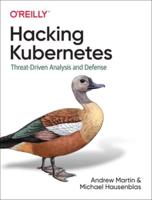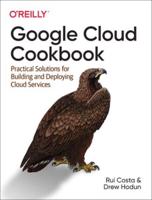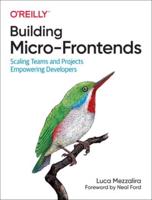Publisher's Synopsis
The historical development of the Internet of Things (IoT) can be traced back to the early days of the Internet and the evolution of various technologies that enabled interconnected devices. The concept of connecting devices to the internet began gaining traction in the late 20th century, with the introduction of the internet itself in the 1960s and 1970s. During this period, researchers and engineers started exploring the potential of linking everyday objects to the internet, paving the way for what would eventually become the IoT. One of the earliest examples of a connected device was a modified toaster at Carnegie Mellon University in the 1980s, which could report its toasting status over the internet. This simple experiment highlighted the potential for remote monitoring and control of devices.
In the following decades, technological advancements continued to propel the idea of IoT forward. The introduction of wireless communication protocols in the 1990s, such as Bluetooth and Wi-Fi, made it easier for devices to connect without the need for physical cables. This evolution allowed for greater mobility and flexibility in device connectivity. At the same time, the concept of ubiquitous computing emerged, championed by researchers like Mark Weiser, who envisioned a future where technology would be seamlessly integrated into everyday life. These foundational ideas set the stage for the more complex interconnectivity in IoT today.










